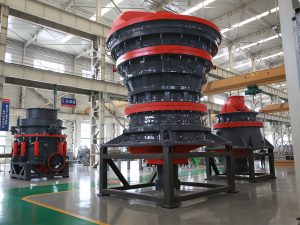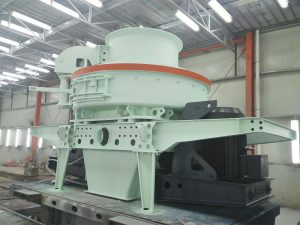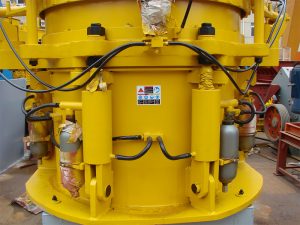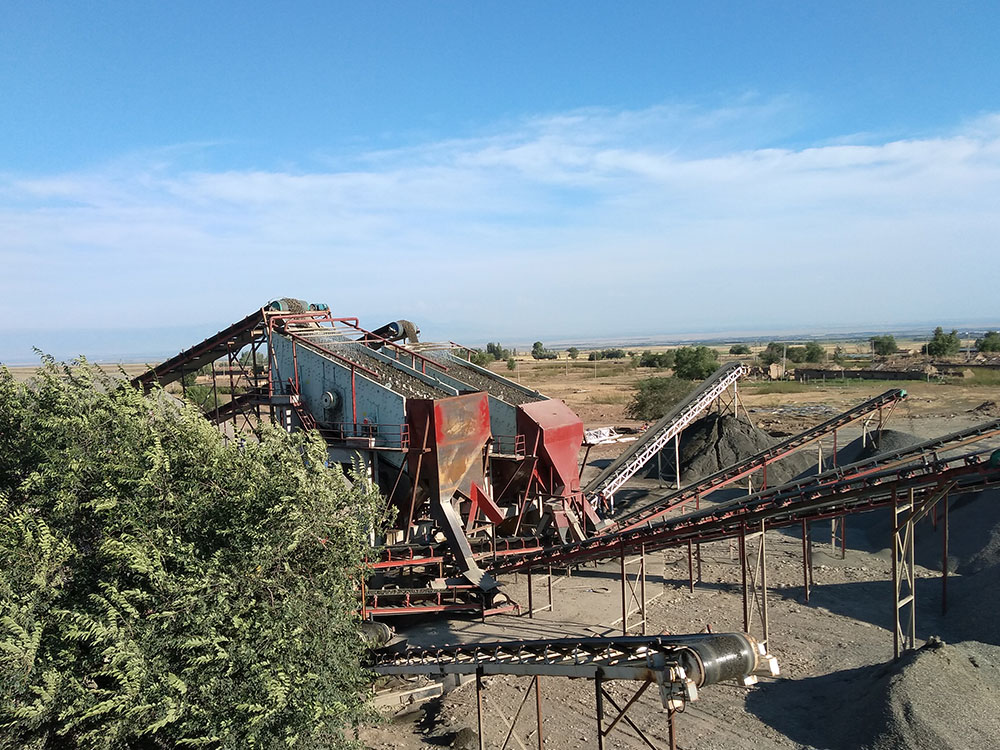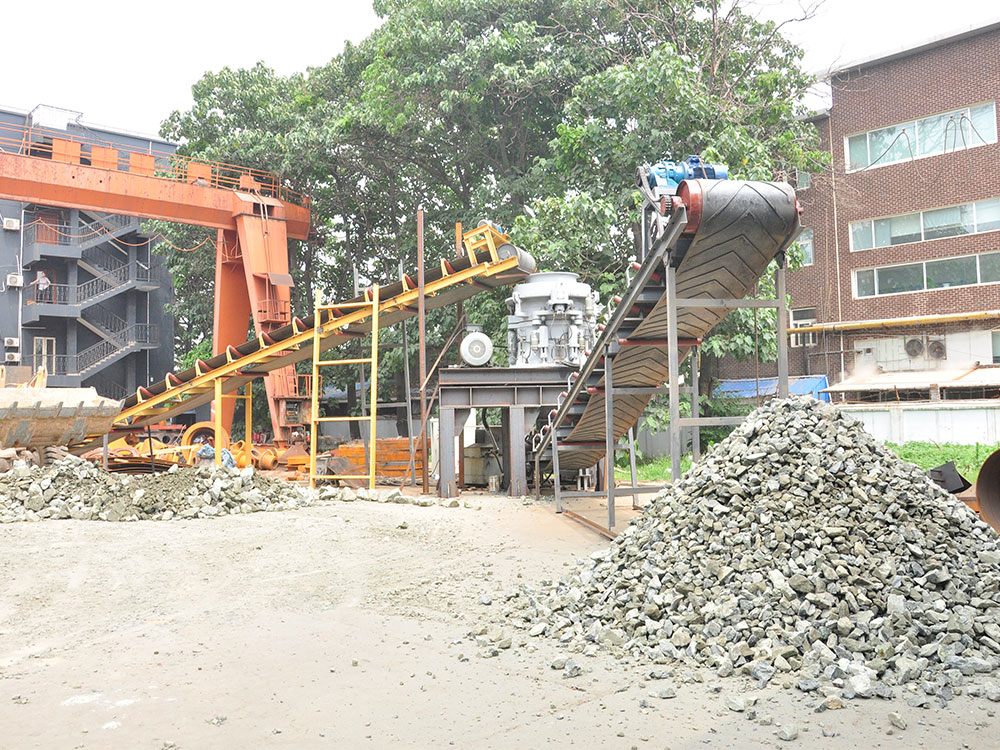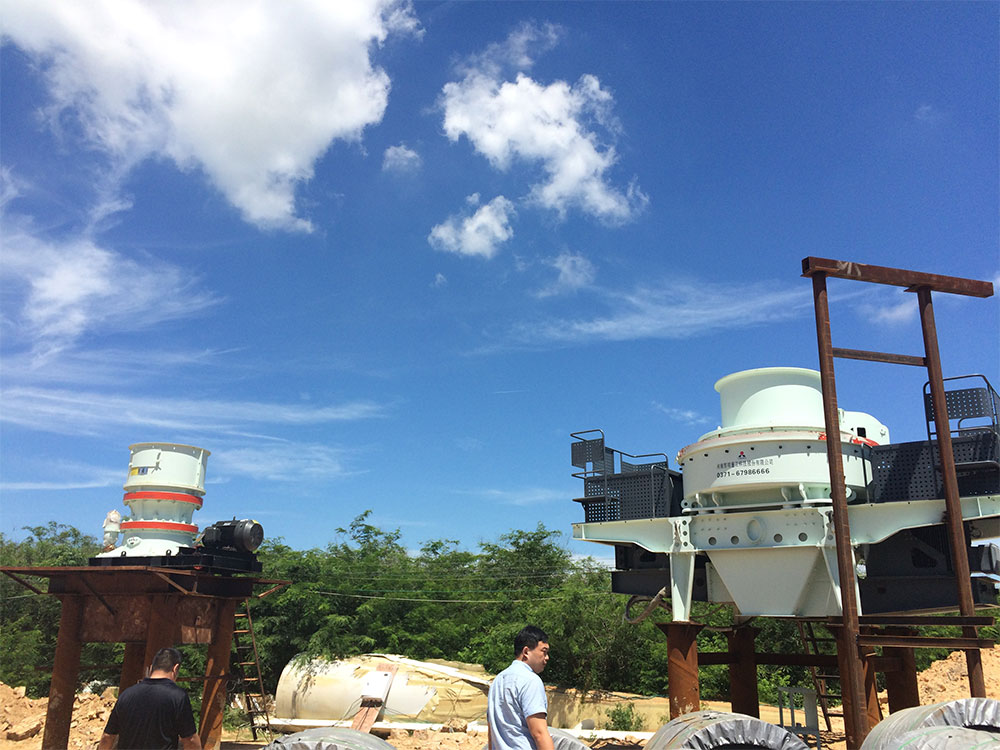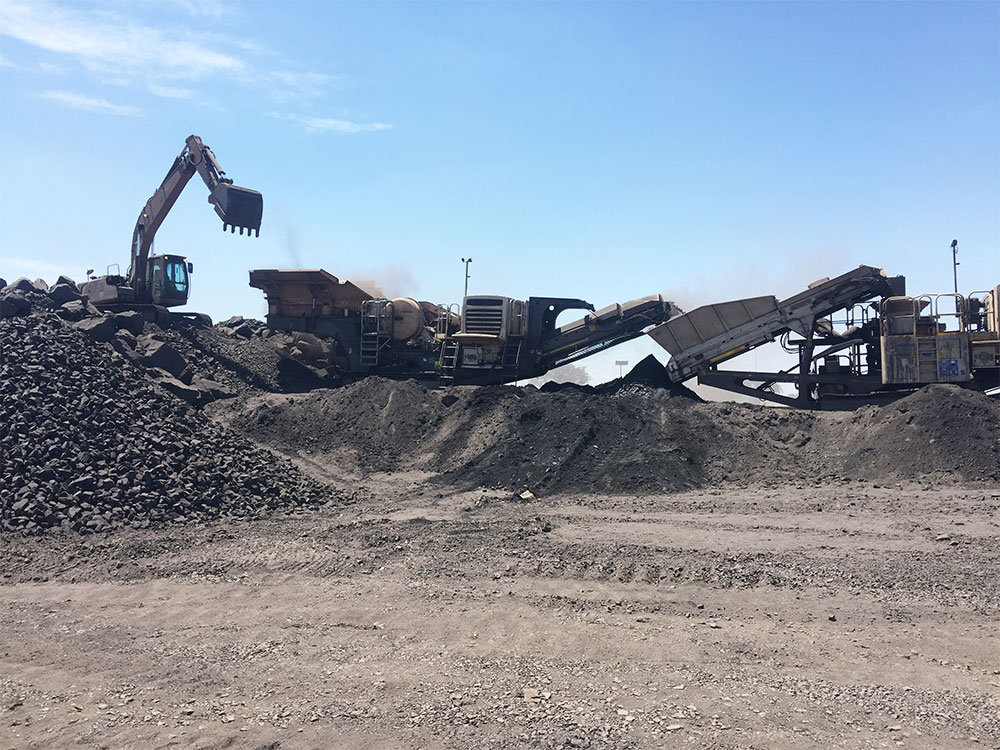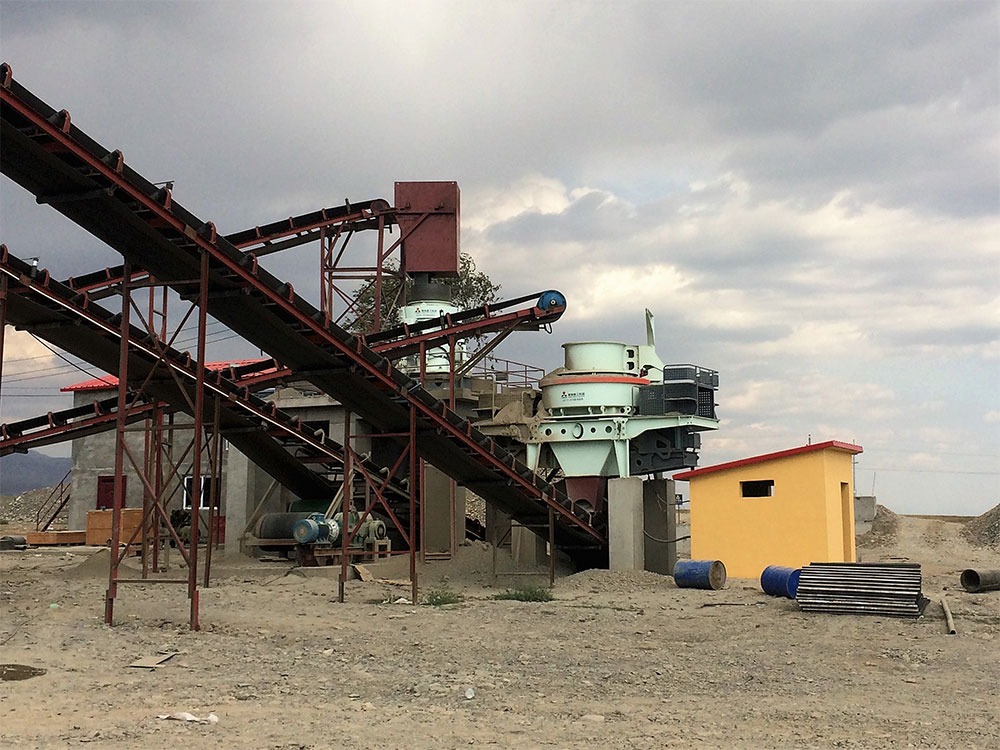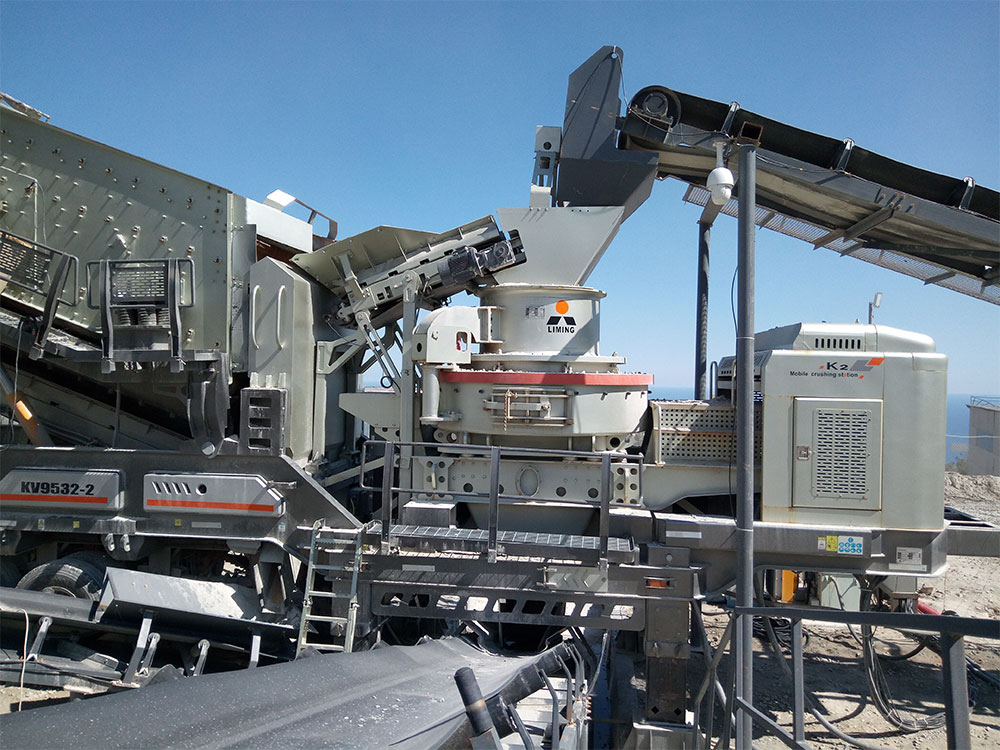Introduction to the Quartz Sand Production Line
A quartz sand processing line transforms raw quartz into refined sand through crushing, grinding, screening, and purification. This system is essential for industries requiring high-purity silica sand, such as glass manufacturing, construction, and electronics. Properly configuring the production line ensures efficiency, cost-effectiveness, and consistent product quality.
Working Principle of a Quartz Sand Production Line
1. Crushing and Grinding
The quartz sand production process begins with primary crushing using jaw crushers or cone crushers to reduce large quartz rocks into smaller particles. Secondary grinding with ball mills or Raymond mills further pulverizes the material into fine granules.
2. Screening and Classification
Vibrating screens separate particles by size, ensuring uniformity. Air classifiers or hydrocyclones remove impurities and adjust particle distribution for specific applications.
3. Washing and Purification
A sand washer cleans the quartz to eliminate dust, clay, and organic residues. Magnetic separators or flotation machines may be added to enhance purity.
4. Drying and Packaging
Rotary dryers reduce moisture content, followed by automated packaging systems for storage or shipment.
Pro Tip: Optimizing each stage of the quartz sand processing line ensures higher yield and lower energy consumption.
Applications of the Quartz Sand Production Line
1. Glass Manufacturing
High-purity quartz sand is a core ingredient in glass production. The quartz sand production line ensures the silica content meets strict standards (over 99.5%).
2. Foundry and Casting
Quartz sand molds withstand extreme temperatures, making them ideal for metal casting.
3. Water Filtration
The uniform particle size of processed sand enables efficient filtration in municipal and industrial water systems.
4. Ceramics and Refractories
Quartz sand enhances the durability and thermal resistance of ceramic products.
5. Chemical Industry
Ultra-pure silica sand is used in silicon compounds and solar panel production.
Key Technical Parameters for Configuring a Quartz Sand Processing Line
Feed Size ≤500 mm (primary crushing)
Final Particle Size 0.1–3 mm (adjustable based on application)
Production Capacity 10–500 tons/hour
Power Consumption 50–800 kW (varies with scale)
Moisture Content ≤0.5% after drying
Purity Level SiO₂ ≥ 98.5–99.9%
Note: Custom configurations may include additional stages like iron removal or acid washing for specialized industries.
Steps to Configure an Efficient Quartz Sand Production Line
1. Assess Raw Material Quality
Test quartz ore for hardness, impurity levels, and moisture content. This determines the equipment needed for your quartz sand processing line.
2. Select Appropriate Equipment
- Primary Crusher: Jaw crusher for coarse crushing.
- Secondary Crusher: Cone crusher or impact crusher.
- Grinding Mill: Ball mill for fine grinding.
- Screening Equipment: Multi-layer vibrating screens.
- Purification Systems: Magnetic separators, sand washers.
3. Design the Production Layout
Minimize material transfer distances to reduce energy loss. Ensure adequate space for maintenance and upgrades.
4. Optimize Automation and Control
Integrate PLC systems to monitor throughput, particle size, and energy usage in real time.
5. Environmental Considerations
Install dust collectors and water recycling systems to comply with sustainability standards.
Advantages of a Well-Configured Quartz Sand Production Line
1. High Efficiency: Automated systems reduce labor costs and downtime.
2. Scalability: Modular designs allow capacity expansion.
3. Product Consistency: Precise control ensures uniform particle size and purity.
4. Cost Savings: Energy-efficient equipment lowers operational expenses.
Common Challenges and Solutions in Quartz Sand Processing
1. Equipment Wear and Tear
Solution: Use abrasion-resistant materials for crushers and mills.
2. Impurity Removal
Solution: Combine magnetic separation, flotation, and acid leaching for higher purity.
3. Moisture Control
Solution: Install high-capacity rotary dryers with temperature regulation.
Configuring a quartz sand production line requires careful planning, from selecting equipment to optimizing purity and efficiency. By understanding the working principles, applications, and technical parameters, businesses can tailor a system that meets industry demands while staying competitive. Whether for glass manufacturing or water filtration, a well-designed quartz sand processing line delivers long-term value and operational excellence.
Final Tip: Regularly audit your production line’s performance and stay updated on technological advancements to maintain a competitive edge in the quartz sand industry.


